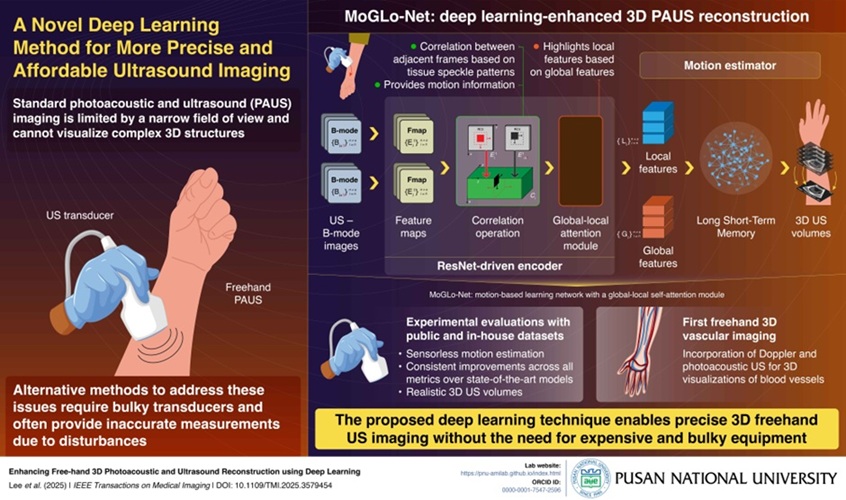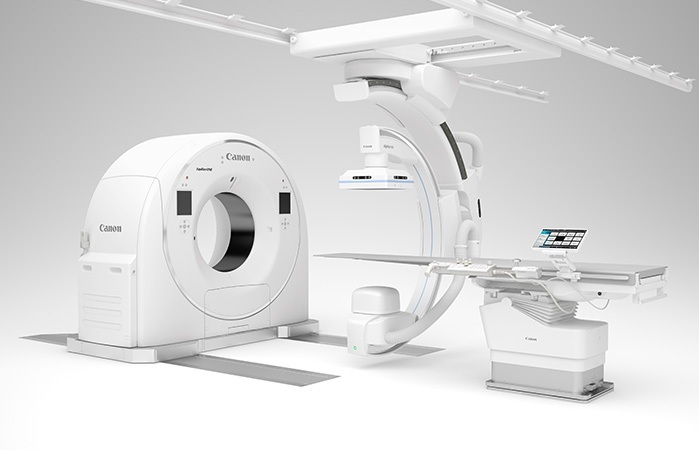Philips Introduces Newest Iteration of DoseWise Portal
|
By Daniel Beris Posted on 01 Dec 2016 |
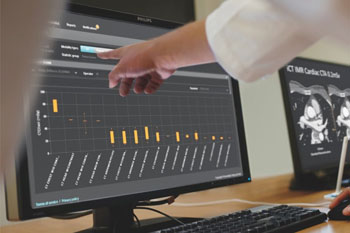
Image: The DoseWise Portal 2.2 (Photo courtesy of Philips Healthcare).
Next-generation radiation dose software offers enhanced customization features to further mitigate radiation risk for patients and staff.
The Royal Philips (Amsterdam, The Netherlands) DoseWise Portal 2.2 includes enhanced connectivity and informatics capabilities to address key challenges faced by radiology departments, such as managing dose exposure to ensure patient and staff wellbeing and improving integrated access to patient information in order to deliver data-driven decision support. Philips DoseWise Portal 2.2 now integrates with key Philips health IT systems, as well as third-party radiology dictation software, which include:
IntelliSpace PACS – Users may view the patient's exam radiation exposure directly from the picture archiving and communication system (PACS) image, or by retrieving the patient's total radiation exposure exam history from the modality worklist.
IntelliBridge Enterprise – Allows users to query/retrieve crucial updated patient demographics from the hospital's electronic medical record (EMR), such as body mass index (BMI) weight and age, for use with the DoseWise Portal. And it can also be used in conjunction with radiology dictation software to enable patient radiation exposure to be populated into dictation reports, saving time and helping to reduce transcription errors.
In addition to the expanded integrations, the platform also includes expanded connectivity to Philips DoseAware products that combine patient and staff dose information into a single display for deep analytics of radiation exposure. A customized, user-friendly analytics package with an intuitive user interface and enhanced charting and graphing functionality simplifies reporting needs, and includes a customizable dashboard and popular reporting formats.
“This next generation of DoseWise Portal provides clinicians with a full picture of the patient's exposure history within that institution, for enhanced decision support to ensure proper dose optimization and justification for exam ordering is accomplished right the first time,” said Dominic Siewko, clinical marketing leader and former radiation safety officer at Philips. “The new features in DoseWise Portal promote a culture of safety in the radiology department while allowing clinicians to tap into deep analytics and actionable insights from radiation exposure data.”
Collectively, these new features enable clinicians to access more patient information, helping them to more easily interpret patient radiation dose per exam across modalities and analyze overall cumulative exposure.
Related Links:
Royal Philips
The Royal Philips (Amsterdam, The Netherlands) DoseWise Portal 2.2 includes enhanced connectivity and informatics capabilities to address key challenges faced by radiology departments, such as managing dose exposure to ensure patient and staff wellbeing and improving integrated access to patient information in order to deliver data-driven decision support. Philips DoseWise Portal 2.2 now integrates with key Philips health IT systems, as well as third-party radiology dictation software, which include:
IntelliSpace PACS – Users may view the patient's exam radiation exposure directly from the picture archiving and communication system (PACS) image, or by retrieving the patient's total radiation exposure exam history from the modality worklist.
IntelliBridge Enterprise – Allows users to query/retrieve crucial updated patient demographics from the hospital's electronic medical record (EMR), such as body mass index (BMI) weight and age, for use with the DoseWise Portal. And it can also be used in conjunction with radiology dictation software to enable patient radiation exposure to be populated into dictation reports, saving time and helping to reduce transcription errors.
In addition to the expanded integrations, the platform also includes expanded connectivity to Philips DoseAware products that combine patient and staff dose information into a single display for deep analytics of radiation exposure. A customized, user-friendly analytics package with an intuitive user interface and enhanced charting and graphing functionality simplifies reporting needs, and includes a customizable dashboard and popular reporting formats.
“This next generation of DoseWise Portal provides clinicians with a full picture of the patient's exposure history within that institution, for enhanced decision support to ensure proper dose optimization and justification for exam ordering is accomplished right the first time,” said Dominic Siewko, clinical marketing leader and former radiation safety officer at Philips. “The new features in DoseWise Portal promote a culture of safety in the radiology department while allowing clinicians to tap into deep analytics and actionable insights from radiation exposure data.”
Collectively, these new features enable clinicians to access more patient information, helping them to more easily interpret patient radiation dose per exam across modalities and analyze overall cumulative exposure.
Related Links:
Royal Philips
Latest Radiography News
- AI Generates Future Knee X-Rays to Predict Osteoarthritis Progression Risk
- AI Algorithm Uses Mammograms to Accurately Predict Cardiovascular Risk in Women
- AI Hybrid Strategy Improves Mammogram Interpretation
- AI Technology Predicts Personalized Five-Year Risk of Developing Breast Cancer
- RSNA AI Challenge Models Can Independently Interpret Mammograms
- New Technique Combines X-Ray Imaging and Radar for Safer Cancer Diagnosis
- New AI Tool Helps Doctors Read Chest X‑Rays Better
- Wearable X-Ray Imaging Detecting Fabric to Provide On-The-Go Diagnostic Scanning
- AI Helps Radiologists Spot More Lesions in Mammograms
- AI Detects Fatty Liver Disease from Chest X-Rays
- AI Detects Hidden Heart Disease in Existing CT Chest Scans
- Ultra-Lightweight AI Model Runs Without GPU to Break Barriers in Lung Cancer Diagnosis
- AI Radiology Tool Identifies Life-Threatening Conditions in Milliseconds

- Machine Learning Algorithm Identifies Cardiovascular Risk from Routine Bone Density Scans
- AI Improves Early Detection of Interval Breast Cancers
- World's Largest Class Single Crystal Diamond Radiation Detector Opens New Possibilities for Diagnostic Imaging
Channels
MRI
view channel
AI-Assisted Model Enhances MRI Heart Scans
A cardiac MRI can reveal critical information about the heart’s function and any abnormalities, but traditional scans take 30 to 90 minutes and often suffer from poor image quality due to patient movement.... Read more
AI Model Outperforms Doctors at Identifying Patients Most At-Risk of Cardiac Arrest
Hypertrophic cardiomyopathy is one of the most common inherited heart conditions and a leading cause of sudden cardiac death in young individuals and athletes. While many patients live normal lives, some... Read moreUltrasound
view channel
Disposable Ultrasound Patch Performs Better Than Existing Devices
Wearable ultrasound devices are widely used in diagnostics, rehabilitation monitoring, and telemedicine, yet most existing models rely on lead-based piezoelectric ceramics that pose health and environmental risks.... Read more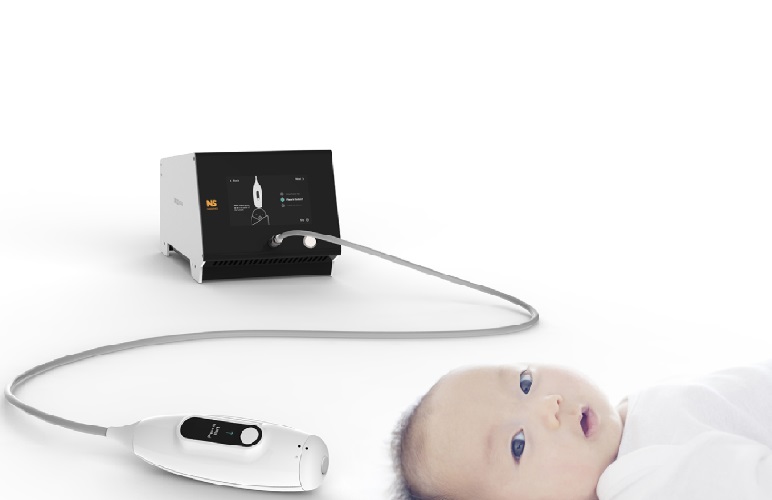
Non-Invasive Ultrasound-Based Tool Accurately Detects Infant Meningitis
Meningitis, an inflammation of the membranes surrounding the brain and spinal cord, can be fatal in infants if not diagnosed and treated early. Even when treated, it may leave lasting damage, such as cognitive... Read moreNuclear Medicine
view channel
New Imaging Solution Improves Survival for Patients with Recurring Prostate Cancer
Detecting recurrent prostate cancer remains one of the most difficult challenges in oncology, as standard imaging methods such as bone scans and CT scans often fail to accurately locate small or early-stage tumors.... Read more
PET Tracer Enables Same-Day Imaging of Triple-Negative Breast and Urothelial Cancers
Triple-negative breast cancer (TNBC) and urothelial bladder carcinoma (UBC) are aggressive cancers often diagnosed at advanced stages, leaving limited time for effective treatment decisions.... Read more
New Camera Sees Inside Human Body for Enhanced Scanning and Diagnosis
Nuclear medicine scans like single-photon emission computed tomography (SPECT) allow doctors to observe heart function, track blood flow, and detect hidden diseases. However, current detectors are either... Read more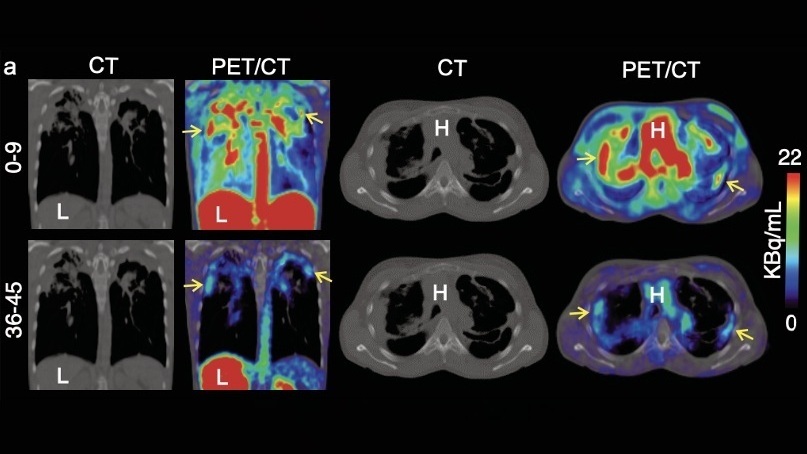
Novel Bacteria-Specific PET Imaging Approach Detects Hard-To-Diagnose Lung Infections
Mycobacteroides abscessus is a rapidly growing mycobacteria that primarily affects immunocompromised patients and those with underlying lung diseases, such as cystic fibrosis or chronic obstructive pulmonary... Read moreGeneral/Advanced Imaging
view channel
New Ultrasmall, Light-Sensitive Nanoparticles Could Serve as Contrast Agents
Medical imaging technologies face ongoing challenges in capturing accurate, detailed views of internal processes, especially in conditions like cancer, where tracking disease development and treatment... Read more
AI Algorithm Accurately Predicts Pancreatic Cancer Metastasis Using Routine CT Images
In pancreatic cancer, detecting whether the disease has spread to other organs is critical for determining whether surgery is appropriate. If metastasis is present, surgery is not recommended, yet current... Read moreImaging IT
view channel
New Google Cloud Medical Imaging Suite Makes Imaging Healthcare Data More Accessible
Medical imaging is a critical tool used to diagnose patients, and there are billions of medical images scanned globally each year. Imaging data accounts for about 90% of all healthcare data1 and, until... Read more
Global AI in Medical Diagnostics Market to Be Driven by Demand for Image Recognition in Radiology
The global artificial intelligence (AI) in medical diagnostics market is expanding with early disease detection being one of its key applications and image recognition becoming a compelling consumer proposition... Read moreIndustry News
view channel
GE HealthCare and NVIDIA Collaboration to Reimagine Diagnostic Imaging
GE HealthCare (Chicago, IL, USA) has entered into a collaboration with NVIDIA (Santa Clara, CA, USA), expanding the existing relationship between the two companies to focus on pioneering innovation in... Read more
Patient-Specific 3D-Printed Phantoms Transform CT Imaging
New research has highlighted how anatomically precise, patient-specific 3D-printed phantoms are proving to be scalable, cost-effective, and efficient tools in the development of new CT scan algorithms... Read more
Siemens and Sectra Collaborate on Enhancing Radiology Workflows
Siemens Healthineers (Forchheim, Germany) and Sectra (Linköping, Sweden) have entered into a collaboration aimed at enhancing radiologists' diagnostic capabilities and, in turn, improving patient care... Read more








 Guided Devices.jpg)





